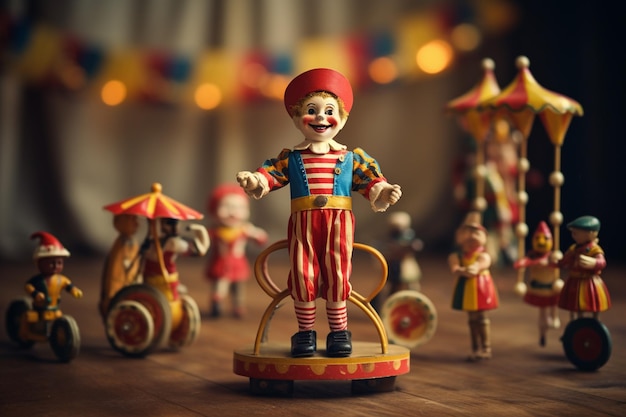
Blending Tradition with Modern Play
The fusion of old and new is what gives today’s playrooms their unique charm. Talented makers are breathing contemporary life into age-old motifs: the geometric patterns of Warli art, the bright florals of Madhubani, or the intricate threadwork of Kantha. These elements now appear on puzzles, board games, and tactile plush toys, marrying the tactile pleasure of traditional materials with modern-day sensibilities of safety and sustainability. This thoughtful blending means that, while the aesthetics may evolve, the spirit of heritage remains at the heart of today’s playful experiences.Exploring Deeper Cultural Connections Through Play
In the search for meaningful play experiences, more parents are inclined to browse toys inspired by Indian culture. This intentional choice goes beyond the surface each toy becomes a door to stories of gods, heroes, village festivals, and family rituals. Conversations are sparked as children ask about the origins of a wooden elephant or the symbols on a memory game, while elders share personal tales connected to their own childhoods. In addition to enhancing playtime, this interaction helps contemporary families develop a greater sense of cultural identification.Nurturing Child Development and Imagination
Toys imbued with traditional flair do more than just entertain; they play a vital role in holistic development. When hands grip a carved rattle, eyes trace the lines of folk paintings, or siblings act out scenes with puppets, a child’s sensory and motor skills blossom. Just as importantly, these toys foster creative thinking and empathy children learn to invent stories, share with friends, and appreciate the patient skill that goes into crafting each piece. By inviting open-ended and imaginative play, tradition-based toys quietly guide youngsters toward collaboration, confidence, and curiosity.Choosing Sustainable Play for a Greener Tomorrow
Environmental awareness is reshaping family choices around the world, and this movement is echoed by those who explore playthings rooted in Indian heritage. Wood, clay, and natural fabrics remain the preferred mediums, aligning beautifully with a desire for low-impact, biodegradable playthings. These choices not only reduce waste, but also send a subtle message of respect for both nature and craft. Supporting traditional toymaking sustains rural livelihoods, empowering artisans who have kept their skills alive through changing times.Weaving Tradition Into the Modern Family Story
In a globalized age, handmade toys are gentle anchors for the modern Indian family. They provide tangible links to a collective past, a way for new generations to learn about rituals, languages, and festivals unique to their heritage. Sharing the joy of spinning a lattoo or arranging a set of clay figurines at festival time becomes a tradition in itself one that overlays contemporary routines with age-old meaning, building a shared family story rooted in both love and legacy.

